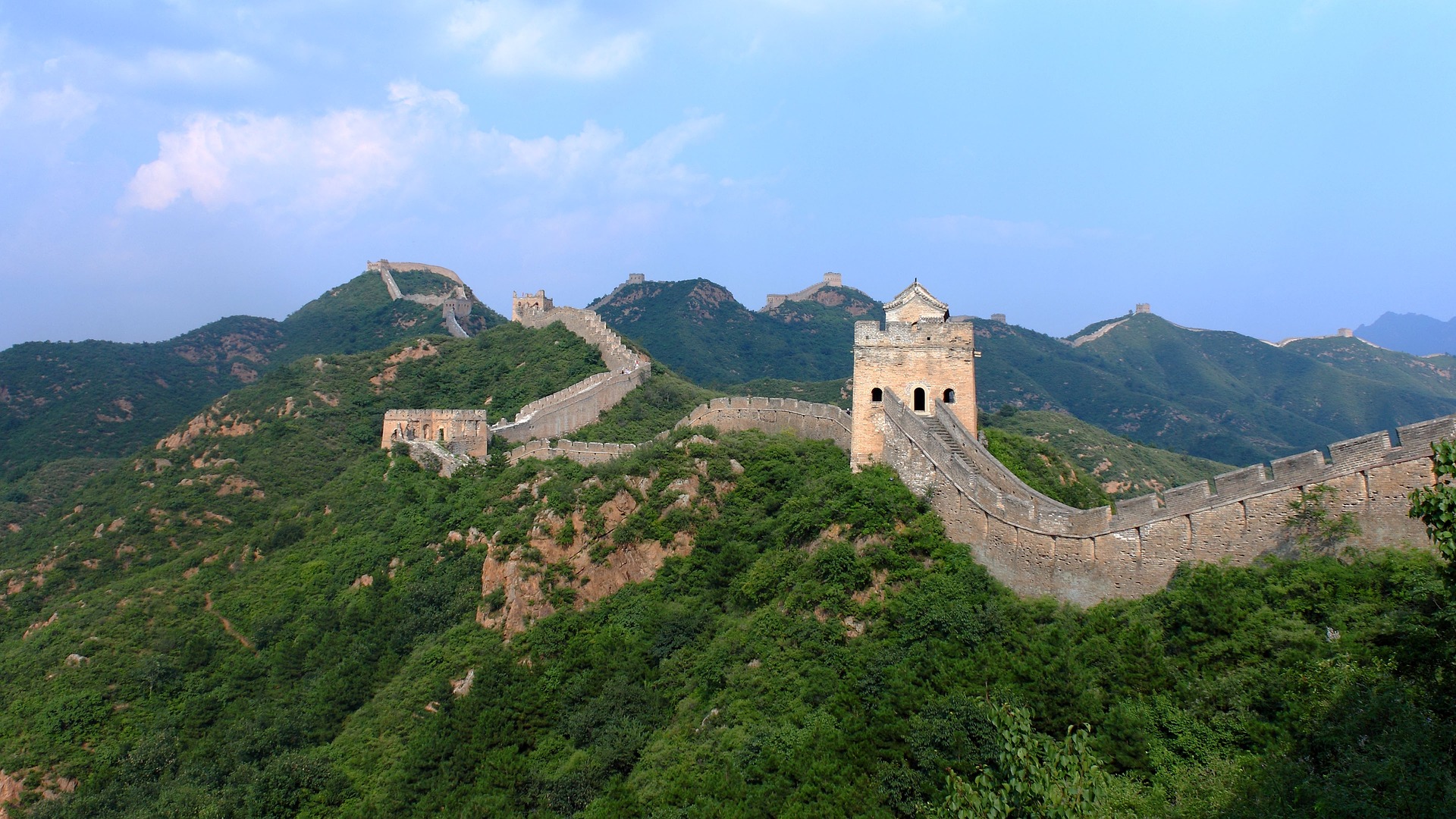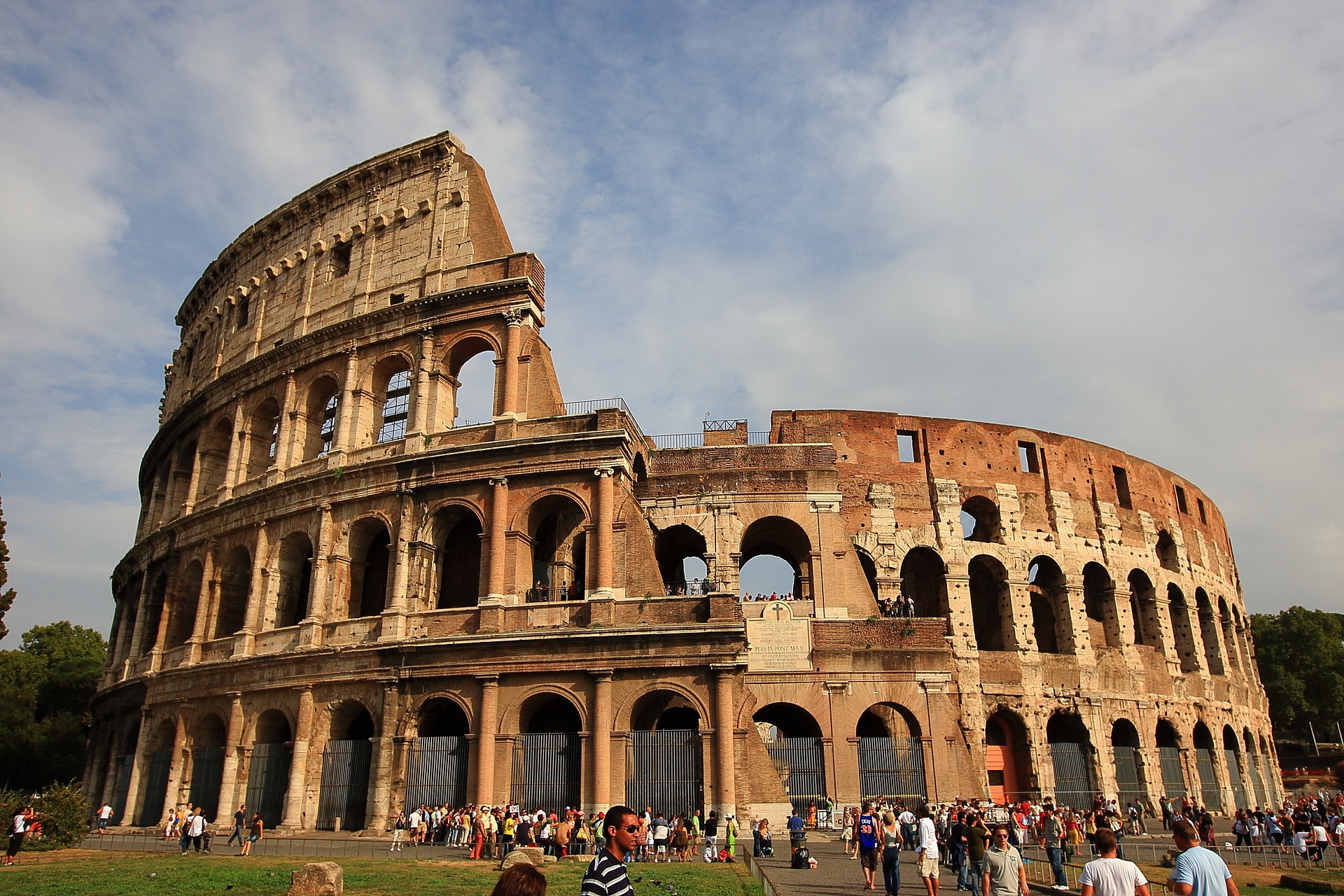
Travelers often dream of visiting one of the seven wonders of the modern world. But which one do you choose? Seeing all of the sites is quite a feat. Not long ago, this would have been a lifetime dream, but today, it’s easier and more affordable than ever to travel the world. Each of the seven wonders of the modern world is a UNESCO World Heritage Site too!
Petra

Petra, Jordan is an ancient city and an archeological lover’s paradise. Located in southern Jordan, this place is half built and half carved out from the limestone landscape. Once you enter the famous entrance, the Siq, you will be greeted with a myriad of tombs and dwellings. With over 800 registered archaeological sites, everything seemingly rises out of ground. It was named a wonder of the modern world, as it is “one of the most precious cultural properties of man’s cultural heritage.” Petra has been inhabited by the Nabateans since prehistoric times, as far back as 300 BC, and was a major caravan center for trading wares from Arabia, China and India.
Great Wall

The Great Wall of China needs no introduction. So it’s only fitting that it is a UNESCO World Heritage Site. Despite what others may tell you, one cannot see the Great Wall from space! It is a wonder to behold, simply for the engineering feats it took to construct it, and its vast length. It spans over 6,000 kilometers, and is six to seven meters high. During the Ming Dynasty it was the world’s largest military structure. The beginnings of it were built over 2,000 years ago by the Qin Dynasty, but the Ming Dynasty (1368-1644) finished the wall as we know it today. It opened to the public in 1644 and no further building has been done since then, other than restoration for tourism purposes.
Christ the Redeemer

This famous landmark in the heart of Rio de Janeiro, Brazil, is incredibly breathtaking when viewed in person. A UNESCO World Heritage site, it towers 30 meters high, and Jesus’ arms span 28 meters wide. Many religious people make the pilgrimage every year to visit this incredible symbol of Christianity. It was named a wonder of the modern world because of its iconic status, its sheer size, and its location at the top of Corcovado Mountain in Tijuca Forest National Park. Built between 1922 and 1931, it was funded entirely by donations from the Catholic community of Brazil. The statues open arms symbolize peace for all.
Colosseum

The Colosseum in Rome, Italy is known the world over for housing ancient games of the Roman Empire. It was the largest Amphitheatre ever built, and still retains that title to this day. What makes it even more impressive is that it wasn’t erected from stone or metal, rather concrete and sand. It’s not surprising that this wonder of the modern world was chosen as a UNESCO site. Its iconic status and preservation of the original structure over hundreds of years, make this a beloved destination visited by millions of people every year. Construction began in 70 AD and was completed in only nine years.
Machu Picchu

This UNESCO World Heritage Site was chosen as a wonder because the Inca people really had it together as far as construction and engineering of the land is concerned. Machu Picchu is a citadel which flanks a mountain range in the Cusco Region in Peru. Built as an estate for the Inca emperor Pachactui (according to historians) around 1450, its existence was known only locally until 1911, when Hiram Bingham, and American, introduced it to the world.
Chichen Itza

Also known as El Castillo, which is Spanish for “the castle”, Chichen Itza is a city in the gorgeous Yucatan Peninsula in Mexico. It gained its wonder of the modern world status by sheer force of numbers: it is by far the most-visited of the Mayan sites, and it rivals the Pyramids of Egypt. Built by the Maya civilization between the 9th and 12th centuries, it looms large on the horizon as you approach. Its six-square mile complex boasts the iconic 75-foot-tall Temple of Kukulkan, designed perfectly to align with the spring and fall equinoxes, where the sun’s shadows create the plumes of a serpent.
Taj Mahal

In Agra, India, stands a mausoleum made of pristine ivory marble so exquisite, so no wonder it is a UNESCO World Heritage site. The Taj Mahal is on every young traveler’s bedroom wall, and its familiar silhouette is known the world over. The ornate structure was built to entomb a single person, Mumtaz Mahal, a favorite wife of Shah Jahan, who reigned India from 1628-1658. It was built in the early 1600’s, and is the most popular attraction in the whole of India.





